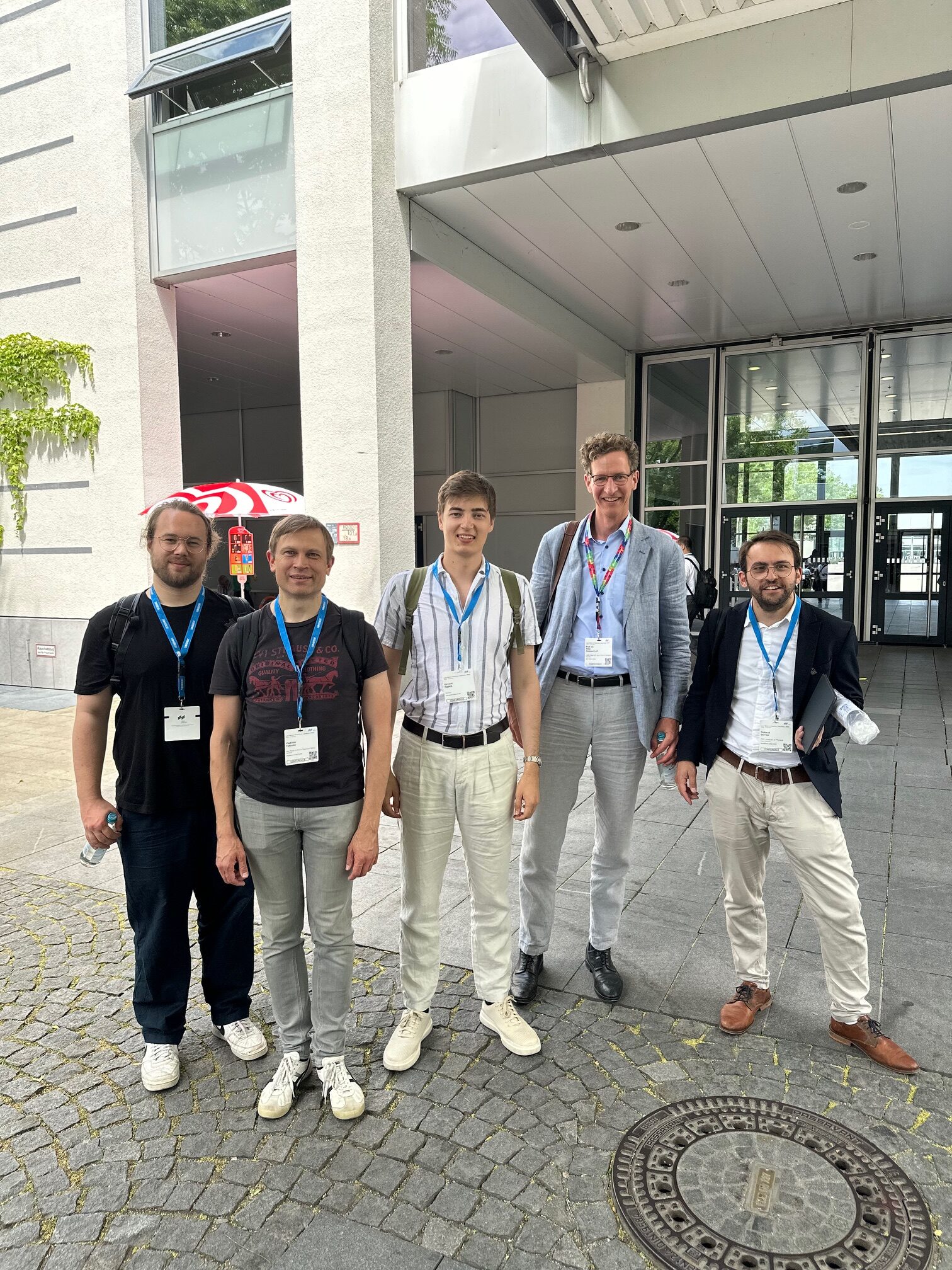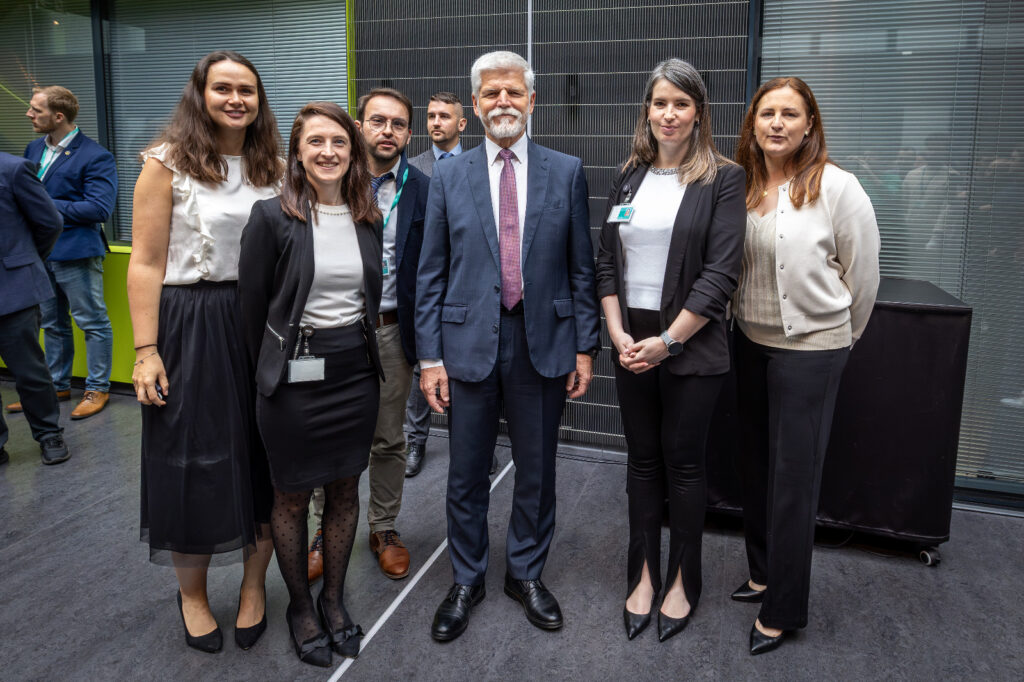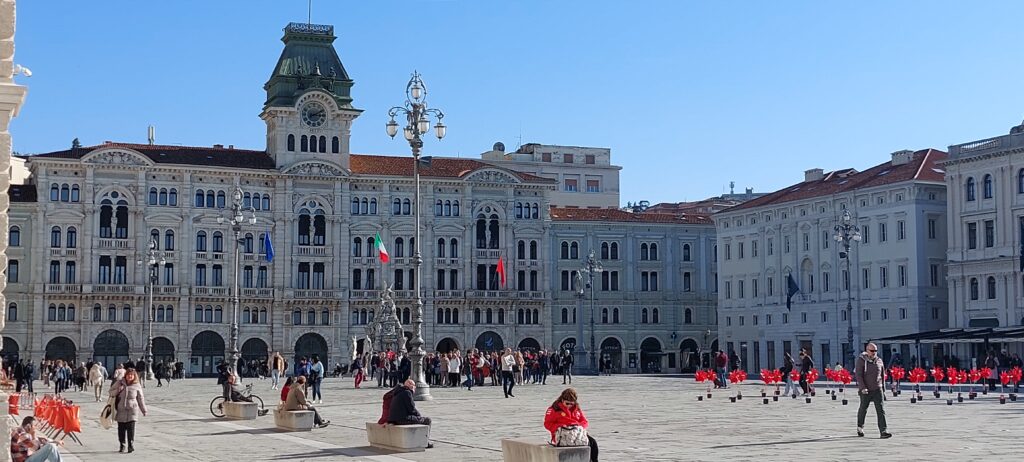TJY Derrien, lead of the group of Ultrafast Photonics (FZU/SLA department) and of Quantum Dynamics of Systems (VSB/IT4I Lab. of Quantum Computing) presented a poster at the CLEO Europe conference. The event was merged with Laser World of Quantum and a SPIE conference.
TJY Derrien presented a poster presenting a collaboration with the Max Born Institute on the modeling of femtosecond elliptical pulses irradiating fused silica glass.
The conference also hosted two Nobel Prize awardees of the attosecond science community: Ferenc Krausz (Max Planck for Quantum Optics) and Anne l’Huillier (Lund University). The latest published a paper citing our latest work published on high harmonic generation.



